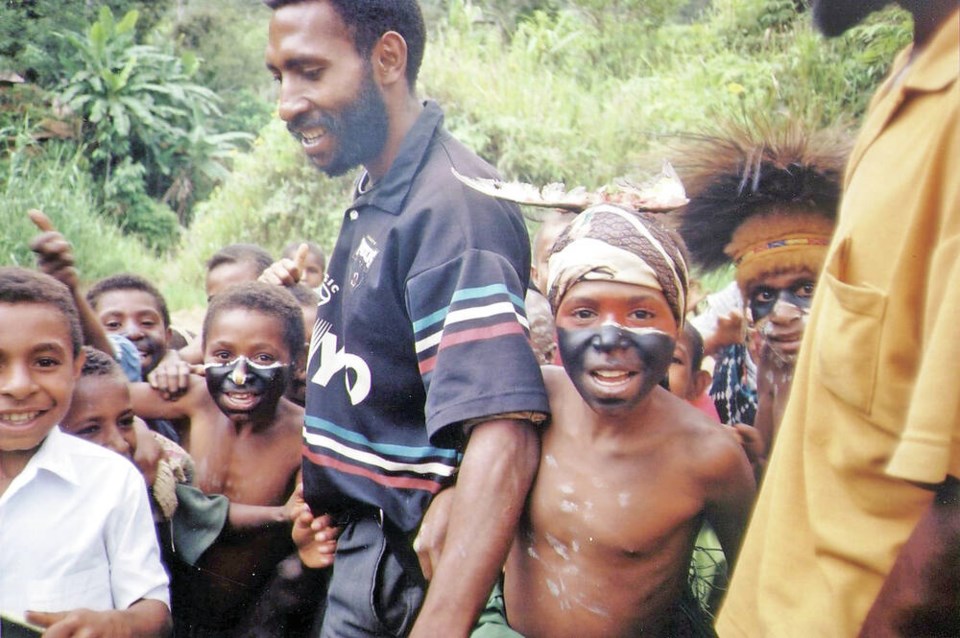Research in the past decade by neurologists, psychologists and linguists, all using the latest brain-imaging tools, is revealing a swathe of cognitive benefits for bilinguals.
Which brings us to the importance of language education as a factor in the emerging acceptance of functional, as opposed to fluent, bilingualism in our schools.
A report in the U.S. National Library of Medicine, titled The Cognitive Benefits of Being Bilingual, claims that the bilingual brain can have better attention and task-switching capacities than the monolingual brain, thanks to its developed ability to inhibit one language while using another.
In addition, bilingualism at any level of expertise has been found to have neurological benefits at both ends of the age spectrum: bilingual children as young as seven months can better adjust to environmental changes, while bilingual seniors can experience less cognitive decline.
The report substantiates its findings by pointing out that “we use language to communicate our thoughts and feelings, to connect with others and identify with our culture, and to understand not only the world around us but also the shared values of other cultures as expressed in the words that culture uses.”
Spanish, for example, includes that wonderful word “hogar” which translates directly to home, hearth, fireplace, fireside and grate. But the word also has associated meanings about the emotional and psychological security offered by a place where a fire is lit around which the family gathers to share and eat together.
The French “foyer” similarly carries an architectural connotation, but also embraces the concept of warmth, fire, hearth and home.
English has no single word equivalent, although “hearth” is as close as we come.
Culture and language are what makes a group of people unique. The language of various cultures shape how people behave in large and within small groups.
Those things change how local communities, even in the same country. speak at which point a language may be subdivided into locally influenced dialects.
An extreme example would be Papua New Guinea, a country of eight million people where there are 851 known languages and dialects of which 11 now have no known speakers.
The language foreign media uses in some ethnocentric countries is often modified to suit the tastes and expectations of the importing countries.
So, for example, media reports of the same event, say the war in Ukraine, will sometimes take on a different flavour if it is reported by France’s Le Figaro, South America’s La Prensa or Germany’s Die Welt, much less the online versions of China Daily or Russia’s Pravda.
Even here in Canada the same national event as reported by the Globe and Mail or by Le Journal de Québec may read somewhat differently.
Those differences would be very revealing for a class of senior secondary students.
All of which raises some important questions about the “what” and the “why” of language education in our schools.
Canadian culture involves common experiences, languages and backgrounds.
In Canada, according to the 2016 census, a country of 35.2 million people, the number of bilingual people rose from 5.8 million in 2011 to 6.2 million in 2016, an increase of 420,495 people.
Part of that increase is due to the fact that between 2011 and 2016, the English-French bilingualism rate rose from 17.5% to 17.9%, an increase of 0.4 percentage points. This is the highest proportion ever for English-French bilingualism in Canadian history.
But any discussion of bilingualism in Canada is muddled by the accompanying fact that in 2016, 19.4% of all Canadians reported speaking more than one language at home, up from 2011 (17.5%) and 70% of that sector of the Canadian population with a mother tongue other than English or French, spoke only one of those languages at home.
At this point, French and English are still Canada’s official languages, to honour Canada’s historic anglophone and francophone communities. But given the increasingly multicultural mosaic in which our schools exist it may be time to expand the importance of languages in our curriculum.
Besides its two official languages across Canada, you’ll hear many other unofficial languages in restaurants, on buses and at school. In fact, more than 200 languages from around the world are spoken every day in Canada.
In addition, Canada also has 60 Indigenous languages. University of Victoria Indigenous scholar and co-author of a new book, Onowa McIvor, who is Cree, points out that Truth and Reconciliation Commission found that protecting language rights is part of healing from the devastation of residential schools.
But while non-European languages such as Mandarin, Japanese, Korean, and Punjabi are being taught in very small pockets here and there, the goal of language education may need to be evolving more toward its role in International Studies and the necessity, in 2022, of finding linguistic doorways to understandings other ways of life.
Refocusing or adding some language programs toward even basic bilingualism in a variety of languages may accomplish that.
Geoff Johnson is a former superintendent of schools.
>>> To comment on this article, write a letter to the editor: [email protected]



